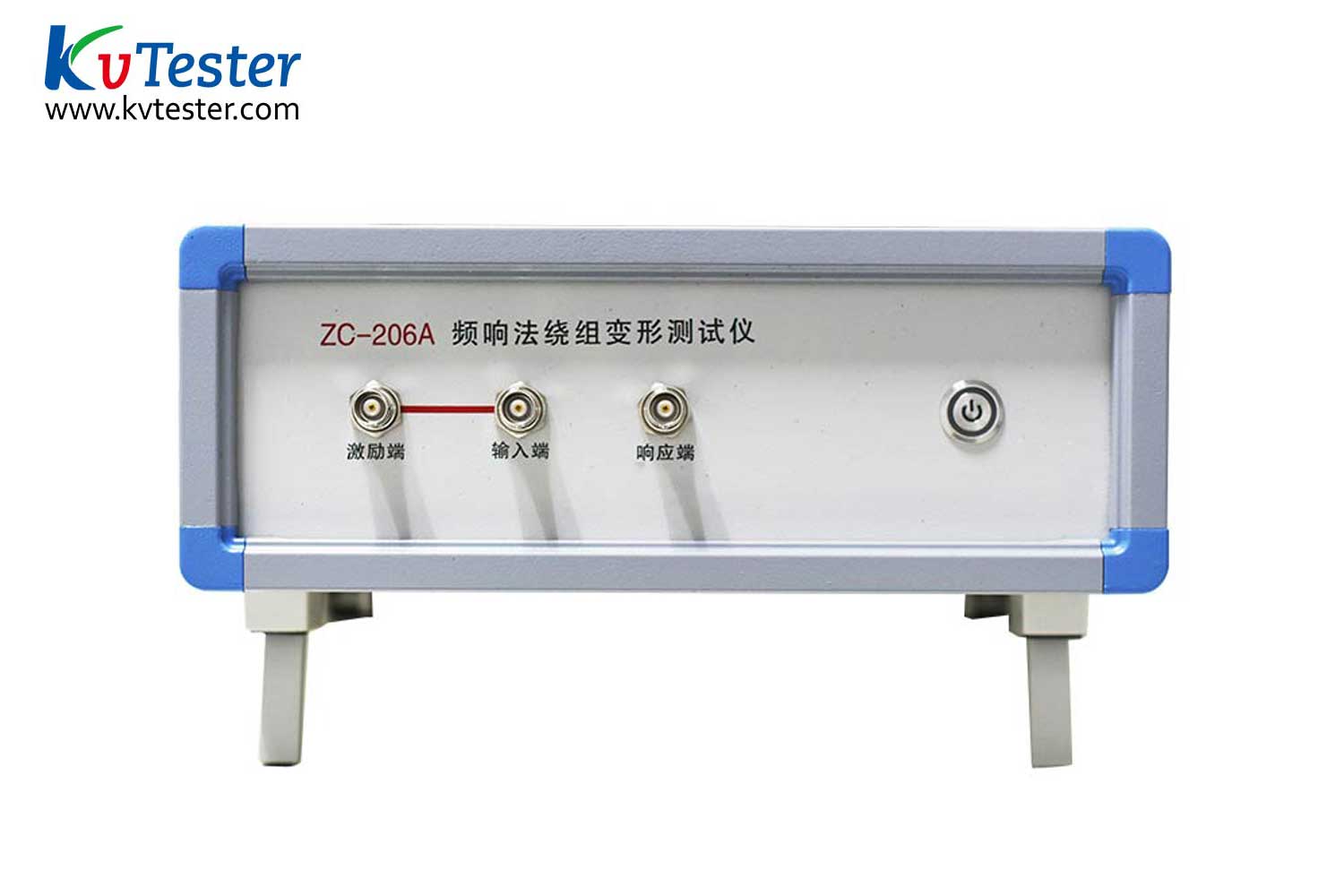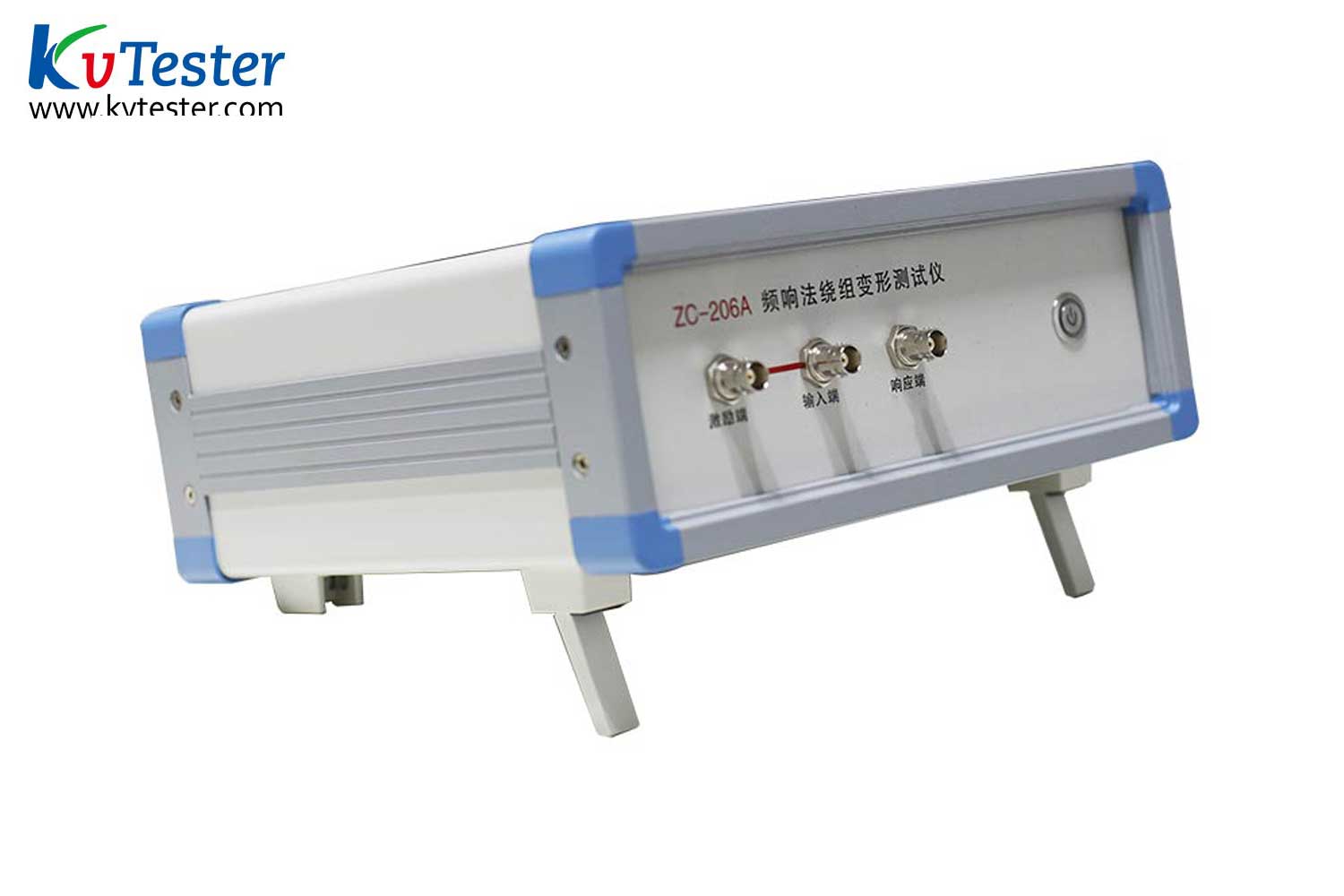What is winding deformation?
The power industry standard DL/T911-2004 "Frequency Response Analysis Method for Winding Deformation of Power Transformers" defines winding deformation as the axial or radial dimensional changes that occur in the winding of a power transformer under mechanical or electrical force, typically manifested as local twisting, bulging, or displacement of the winding. When a transformer is subjected to short-circuit current impact or collision during transportation, winding deformation may occur, which directly affects the safe operation of the transformer.

The main reasons for winding deformation are:
1. Short circuit fault current impulse
During the operation of power transformers, it is inevitable that they will be subjected to various short-circuit currents, especially when there is a short circuit fault at the outlet or near the transformer. The huge short-circuit impulse current will cause the transformer winding to be subjected to significant electrical force (tens to hundreds of times that of normal operation), and cause the winding to rapidly heat up. At higher temperatures, the mechanical strength of the wire decreases, and the electric force is more likely to cause damage or deformation of the winding.
2. During transportation, installation, or hood lifting, unexpected collisions, bumps, and vibrations may occur, resulting in winding deformation.
3. The protection system has a dead zone and malfunctions
The presence of dead zones or malfunction in the protection system can cause the transformer to withstand stable short-circuit current for a long time, and is also one of the reasons for transformer winding deformation faults. According to rough statistical results, about 30% of transformer damage accidents occur due to failure to trip in a timely manner when subjected to external short circuits
4. The winding's ability to withstand short circuits decreases
When a transformer winding experiences a short circuit, it will deform due to its inability to withstand the impact of the short-circuit current. In recent years, statistical analysis of 110KV power transformers nationwide has shown that insufficient short-circuit capacity of the windings has become the primary internal cause of power transformer accidents, seriously affecting the safe and reliable operation of power transformers.

The KST-206A Transformer Winding Deformation Tester detects the amplitude frequency response characteristics of each transformer winding, and compares the detection results vertically or horizontally. Based on the degree of change in amplitude frequency response characteristics, it determines the possible deformation of the transformer winding.
Kvtester Electronics Technology Co.,Ltd. is a high-tech enterprise specializing in power testing, testing, research and development, production, and sales of testing equipment. It has been engaged in the electrical testing industry for many years, and its products are of high quality. We welcome customers to come and purchase.






